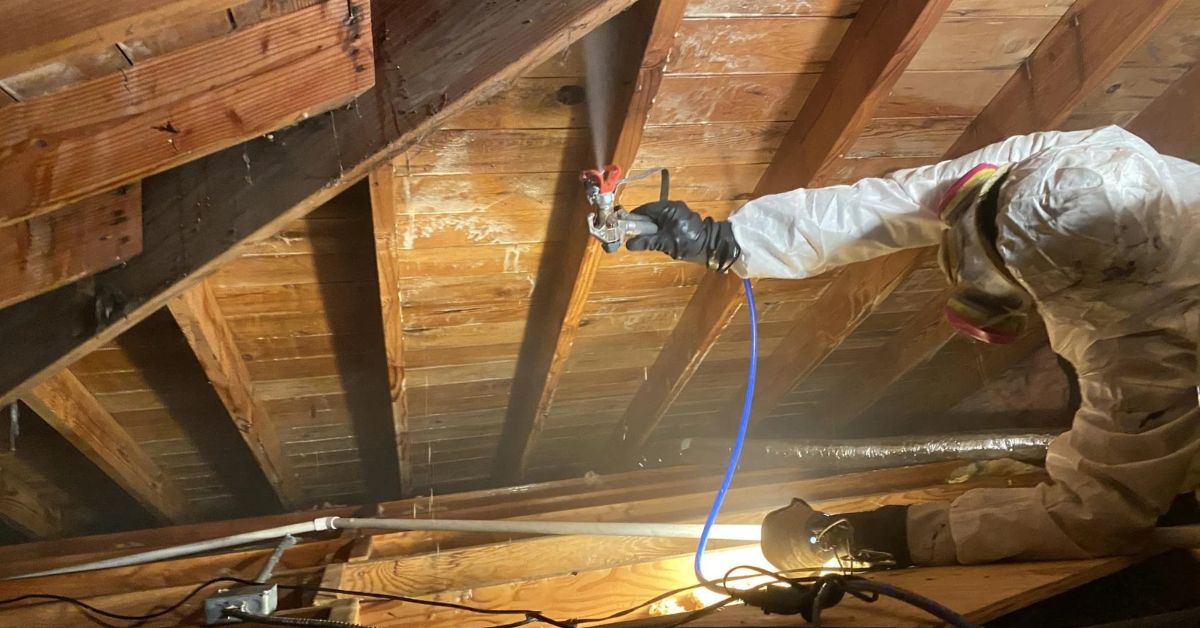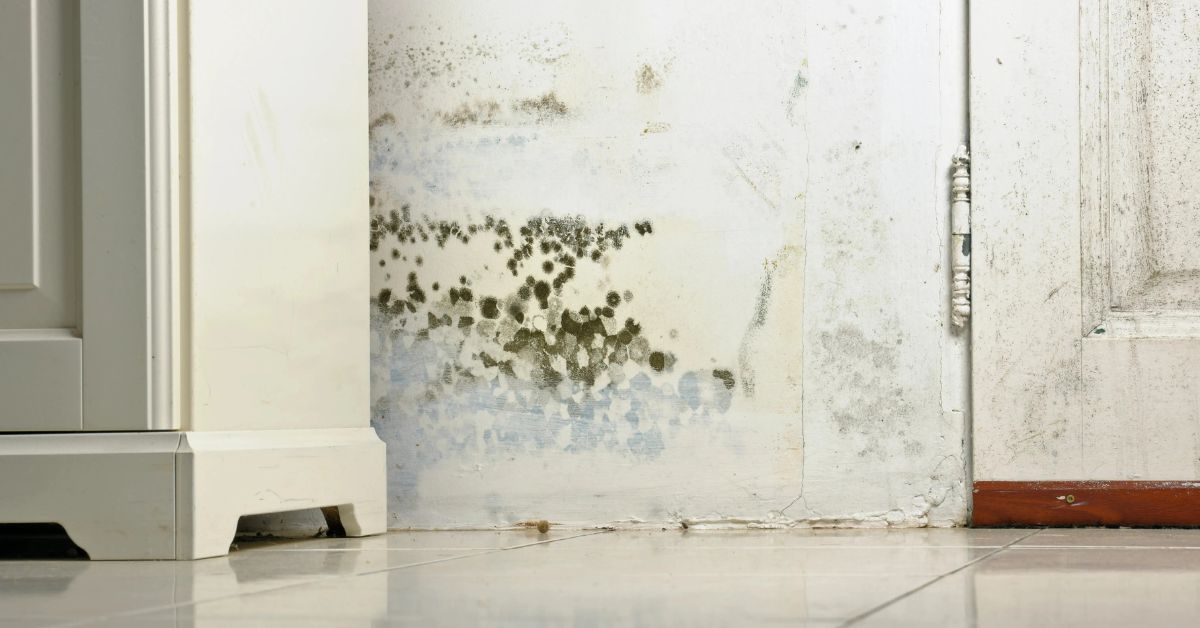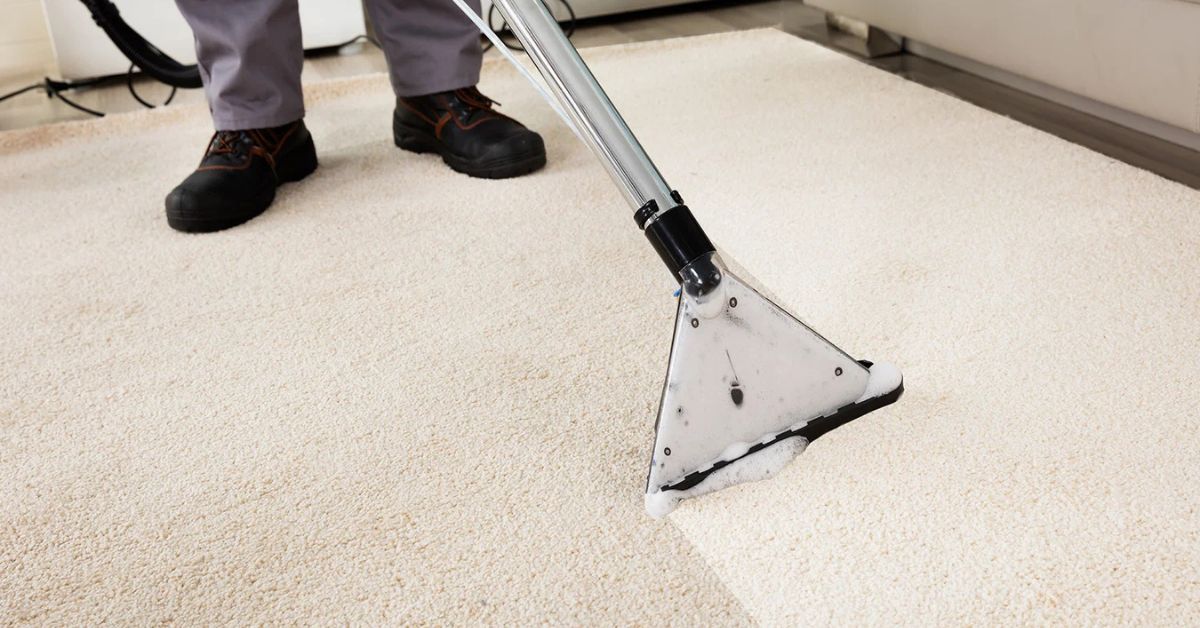Wood is one of the most vulnerable materials when it comes to mold spread. The crawl spaces, furniture, and floorboards are the most sensitive areas. Moisture can quickly lead to fungal growth that weakens wood structure and harms indoor air quality. If you are currently asking yourself how to get rid of mold on wood or what mistakes you need to avoid while dealing with mold, this guide is for you.
At Fresh Start Mold Removal, we specialise in mold inspection and provide professional solutions for both detection and remediation. So, as an expert in this guide, we will help you treat mold on wood so it dont come back. Are you dealing with wood mold? Then this blog is for you!
Spotting the Signs and Killing Mold on Wood
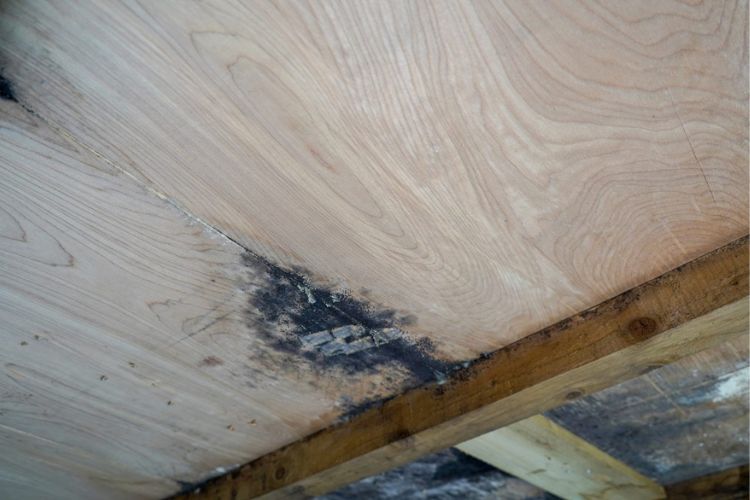
Before we begin the cleaning process, it’s essential to identify mold correctly. Many homeowners confuse dirt, dust, or mildew with mold, which can delay effective treatment. The following signs are clear indicators that your wood may be compromised by mold:
Common Signs of Mold on Wood:
- Musty, earthy smell
- Discolouration in black, green, or white patches
- Soft or crumbling texture in affected areas
- Increased allergy symptoms when inside the space
Mold tends to thrive in humid environments, and a wood surface is the perfect host for it. Untreated mold can eat wood fibre, compromising its structural integrity over time. At the same time, visible mold is just like an iceberg. That may be spreading in hidden corners or underneath the wood finish. For this reason, understanding how to get mold off wood requires a visual inspection and proper testing.
Expert Advice for Effectively Removing Mold from Wood
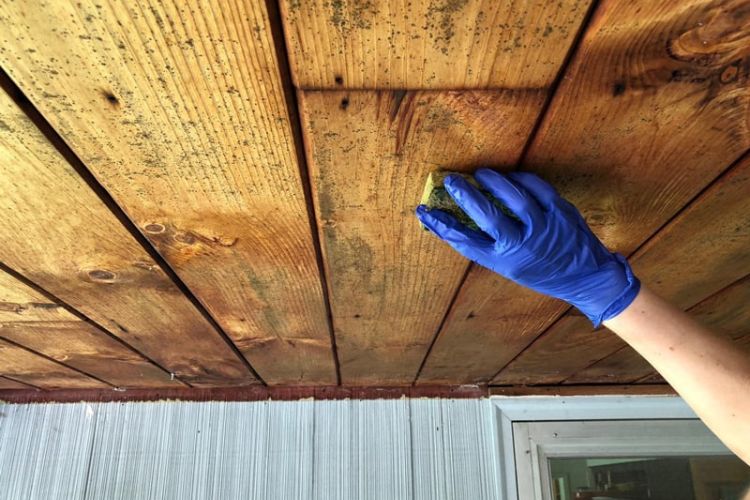
From wearing protective gear to applying mold-killing treatments, these expert-approved steps ensure a safe process to remove mold on wood. Follow all tips to clean, protect, and prevent mold on your wooden surfaces.
1. Wear Protective Gear
Before you start, protect yourself with an N95 mask, rubber gloves, goggles, and long sleeves. Mold spores can irritate your lungs, skin, and eyes. With the proper gear, you can help prevent direct contact with harmful particles. Your safety should always come first!
2. Ventilate the Area
Next, open all the windows and doors around for airflow. You can also use fans to circulate air. Proper ventilation helps you prevent mold spores from settling and spreading. It also reduces exposure to airborne contaminants during the cleaning process. Fresh air is key to a safer workspace!
3. Vacuum Using HEPA Filter
Vacuuming the area using a vacuum equipped with a HEPA filter helps you capture loose mold spores from wood surfaces and prevents them from becoming airborne. But avoid standard vacuums, as they can release spores back into the air. Always vacuum gently to avoid disturbing the mold while treating mold on wood!
4. Right Cleaning Solution
For light mold, mix warm water with dish soap to gently clean the surface. For a more rigid mold, opt for white vinegar, hydrogen peroxide, or a commercial mold remover. Test your solution on a small area first. Never mix chemicals like bleach and ammonia, as they can produce toxic fumes!!!
5. Scrub the Mold Off Wood
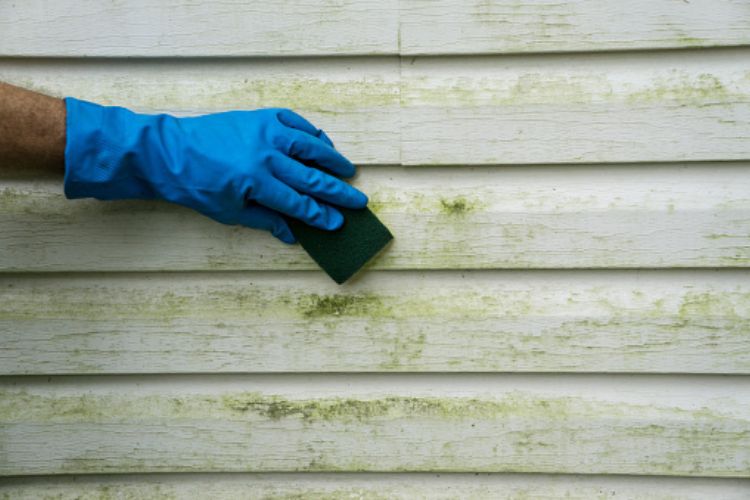
By using a soft brush to scrub the mold gently the following the grain of the wood, prevent scratches. After that, you can rinse it with clean water and wipe the surface dry. Avoid over-saturating the wood, which can promote further mold growth. Repeat the process if any spots remain!
6. Sand the Surface
If mold has penetrated beneath the surface, light sanding may be required to remove it entirely. Use fine-grit sandpaper and work carefully to avoid damaging the wood. Make sure you always wear a mask and goggles during sanding. After that, you can vacuum and wipe the area.
7. Apply Mold-Killing Treatment
To remove mold from wood after cleaning, apply a mold-killing agent to eliminate any lingering spores. Use a spray bottle or a cloth that allows the solution to sit for the suggested time. This step helps prevent regrowth. Ensure the treatment is safe for wood surfaces before applying!
8. Seal the Wood
For more protection, you can apply the mold-resistant sealant on the cleaned wood. This is especially helpful in humid or high-moisture areas like bathrooms, kitchens, or basements. Sealing helps block moisture and discourages future mold growth. Let the sealant dry thoroughly before use!
9. Dry the Area Completely
Mold grows in damp environments, so thorough drying is crucial. Use fans, open windows, or a dehumidifier to remove any remaining moisture. Keep in mind and don’t rush this step because wood must be fully dry to prevent regrowth. Monitor humidity levels if possible!
10. Monitor the Treated Area
Continue to check the area regularly for any signs of mold returning. If spotted early, you can act fast and re-treat before it spreads. Keeping the space dry and well-ventilated is key. Prevention is an ongoing process that pays off in the long run. You can also consider hiring mold inspection services.
Scrub Smart: Mistakes To Avoid While Killing Mold on Wood
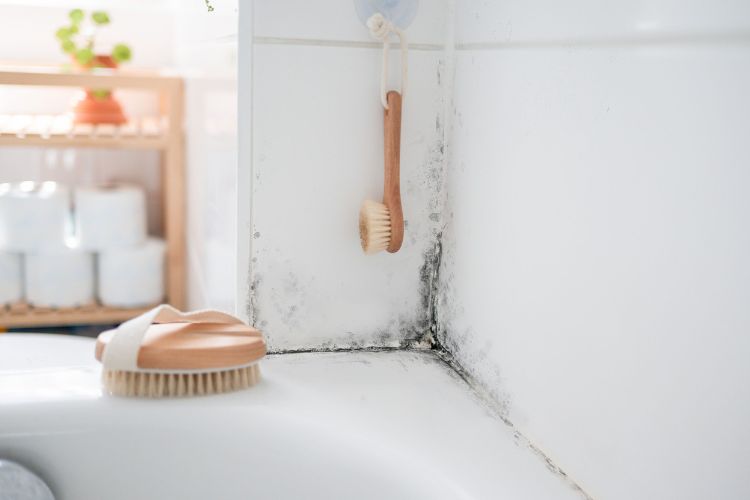
If you are using the wrong tools or harsh chemicals, you might damage wood and spread spores. Learn the smart way to clean safely and prevent mold from returning!
1. Using Bleach Alone: Bleach can’t penetrate wood effectively, so it only treats surface mold. In fact, it may leave moisture behind that encouraging mold regrowth.
2. Ignoring Underlying Moisture: If you don’t fix the moisture problem that caused the mold, it will come back. Always address leaks or humidity issues first.
4. Skipping Protective Equipment: Mold spores can cause health issues when inhaled. Skipping PPE puts you at risk of respiratory problems and skin irritation.
5. Sanding Before Cleaning: Sanding moldy wood before cleaning can release spores into the air. Always vacuum and scrub the mold first.
6. Not Testing Air Quality: Even after visible mold is removed, spores may linger in the air. Consider testing your air or book experts.
7. Painting Over Mold: Paint doesn’t kill mold. Covering it up traps moisture and allows it to continue growing beneath the surface.
Signs It’s Time to Inspect and Remove Mold from Wood
- After Water Damage: Whether it’s from a leaking pipe, storm flooding, or appliance failure, water exposure creates ideal conditions for mold.
- Musty Smell Indoors: Persistent musty odours, especially in basements or attics, often signal hidden mold. This is one of the first and most reliable signs.
- Recent Illnesses: If residents are experiencing unexplained respiratory issues or allergy symptoms, mold exposure could be the cause.
- Visible Surface Mold: Spotting black or green patches on wood surfaces is a clear sign of mold. Inspection is the essential step to prevent it.
- Buying or Selling: Thorough mold inspection is recommended before finalising any property transaction to ensure safety and avoid future liability.
If you assume that once it’s wiped away, the problem is solved. Mold can regrow itself deep into the wood grain. Treating mold on wood involves more than just surface cleaning, so at this stage, professional help can be a greathelpp Early detection prevents costly damage and long-term health risks.
Beyond the Basics: What Else to Consider
- Always remove and discard used rags and sponges after cleaning mold.
- Use dehumidifiers in high-humidity areas to reduce future mold growth.
- Inspect inch spaces for hidden mold.
- Especially in older homes, don’t ignore unusual odours.
- Hire professional help if the mold covers more than 10 square feet.
Final Touch
Effectively learn treating mold on wood means understanding the correct techniques, avoiding common errors, and taking preventative measures. That can reduce the hassles of tackling a minor infestation or dealing with long-term moisture issues. Proper treatment begins with identifying the mold growth, whether it’s surface-level or deeply embedded in the wood.
Regular maintenance, monitoring humidity levels, and sealing vulnerable wood surfaces in damp areas can help prevent the future growth of mold. With smart prevention and informed action, homeowners, real estate agents, and project managers can maintain a healthier, mold-free living space. That also protects the integrity of their wooden structures. So, when in doubt, consult trusted experts like Fresh Start Mold Removal for reliable support or help. As it all starts with informed action and prevention!


